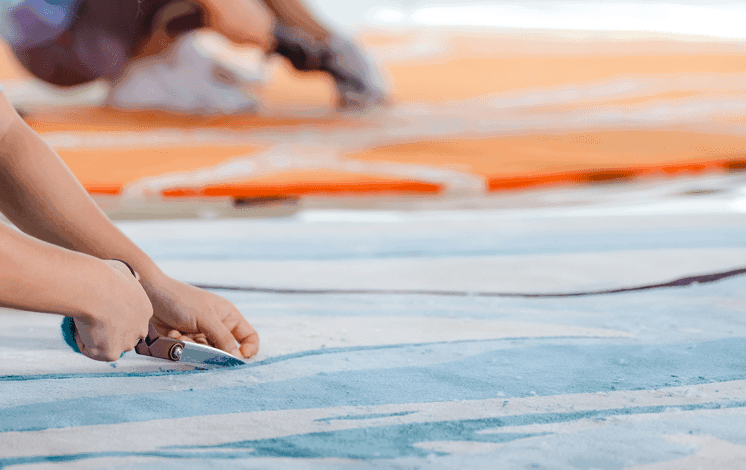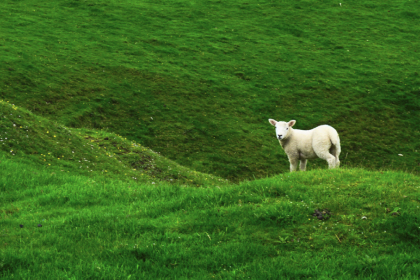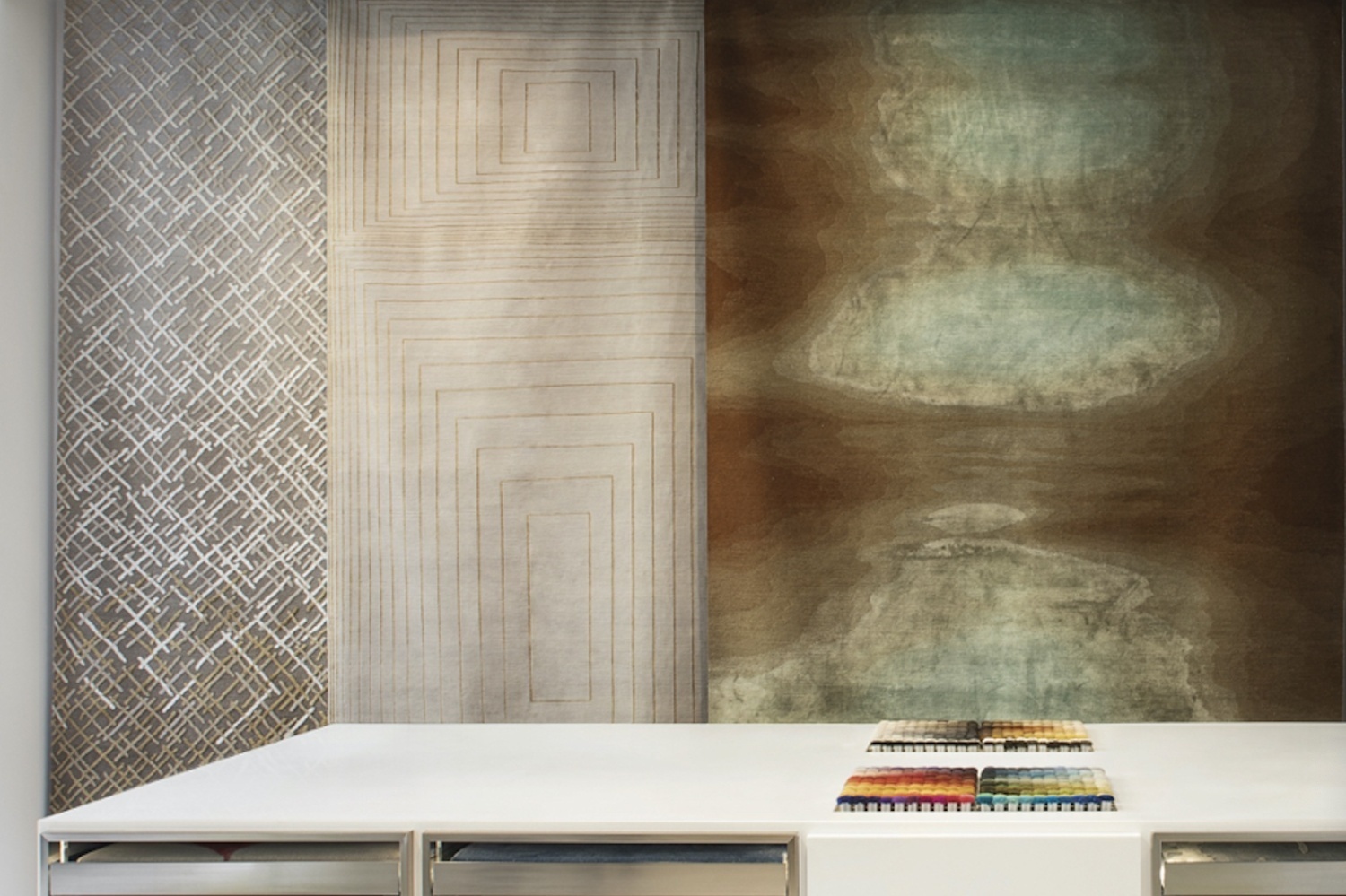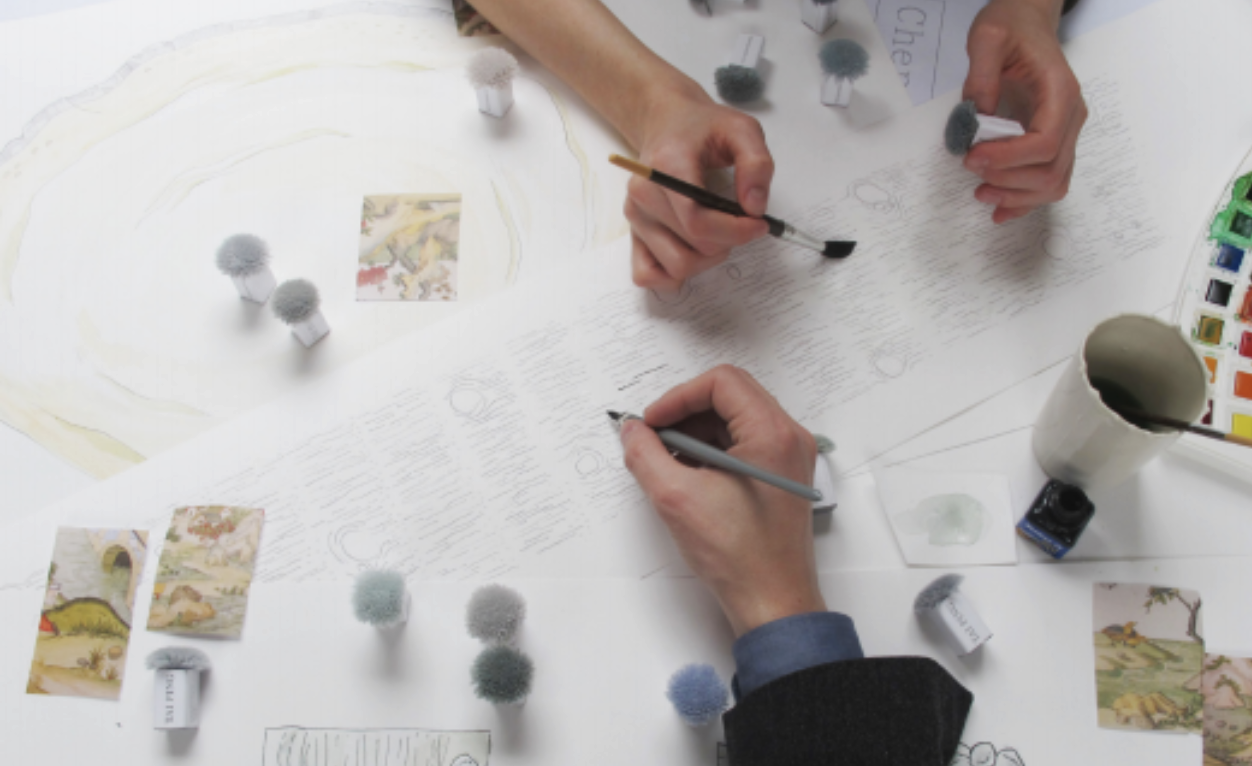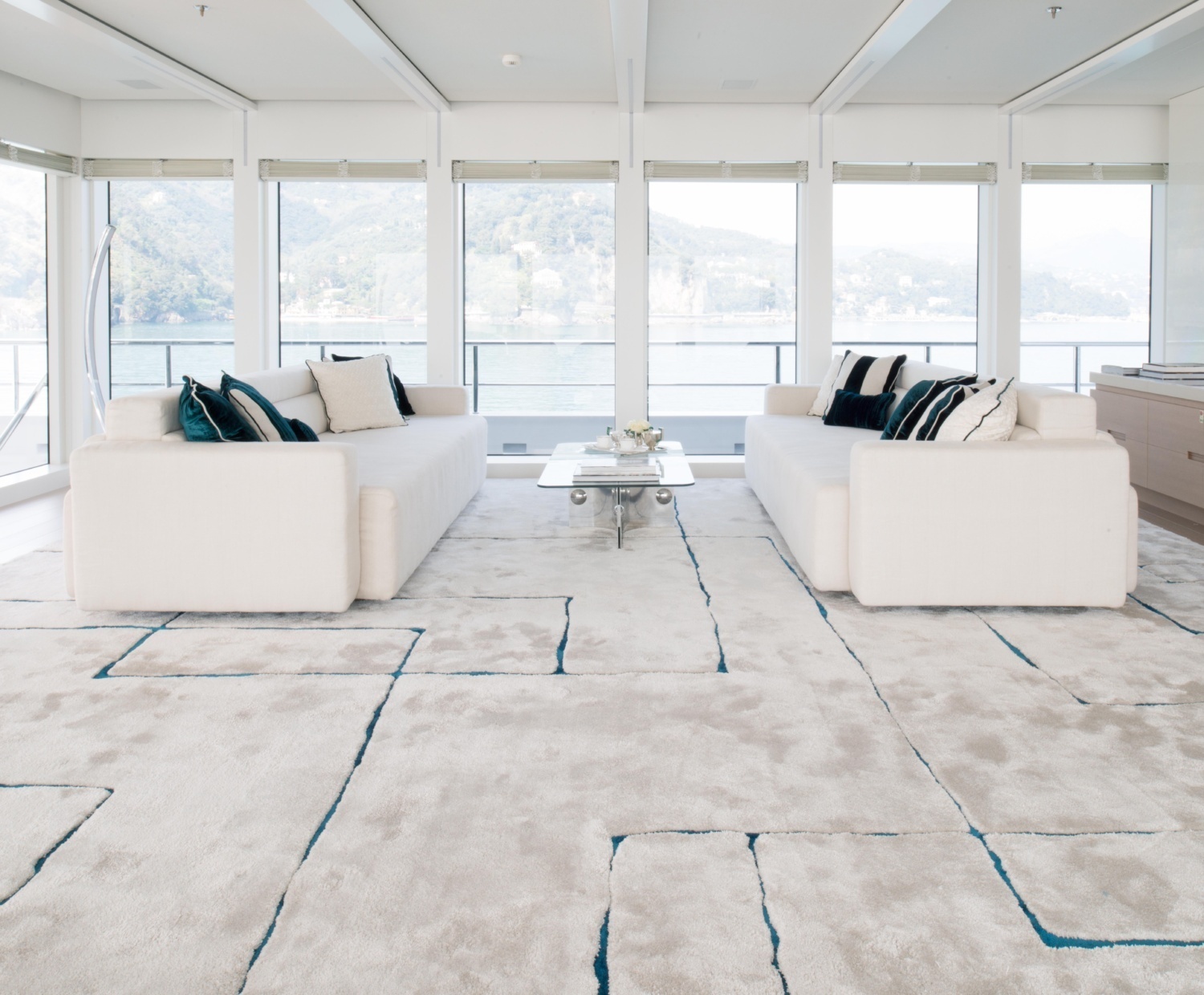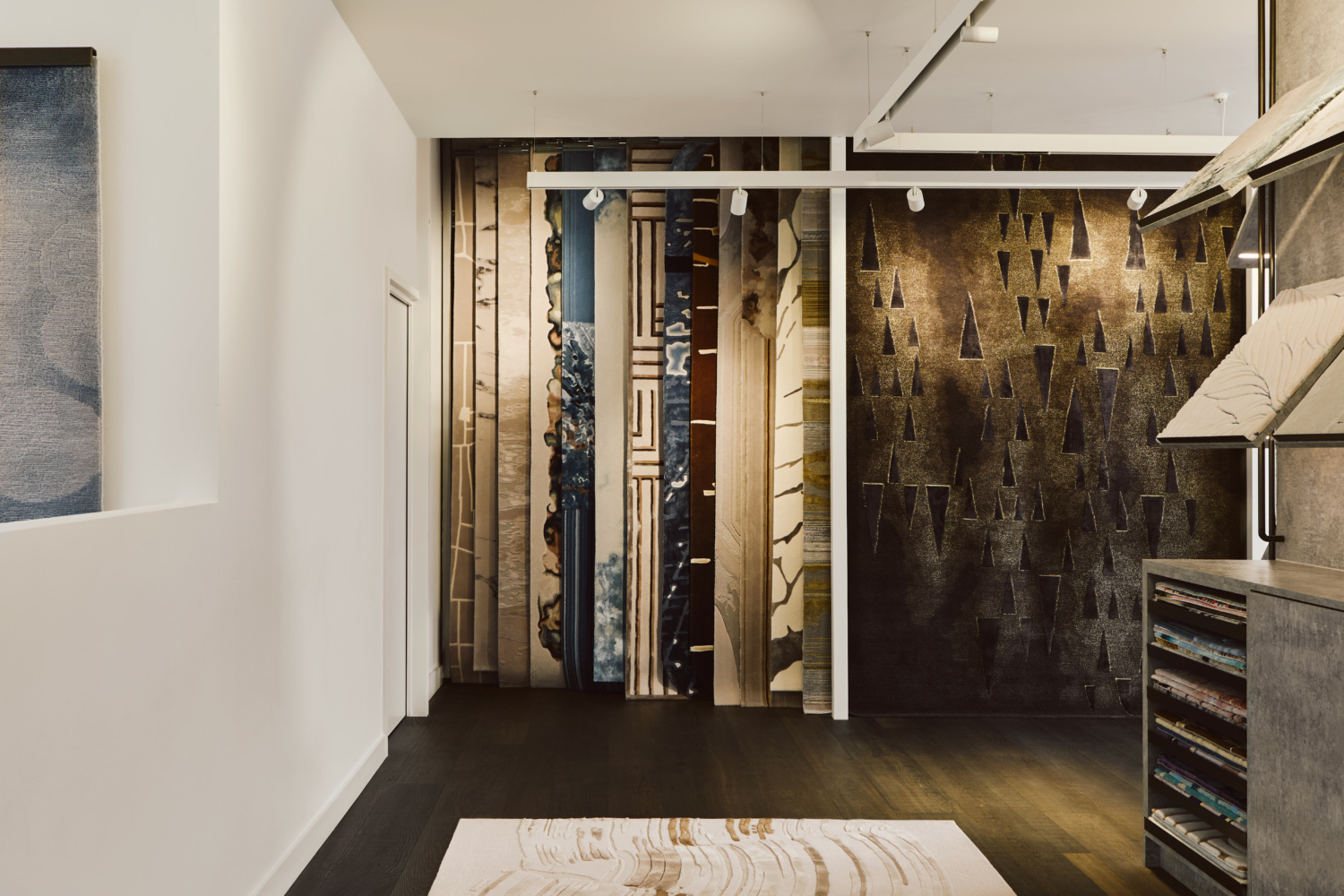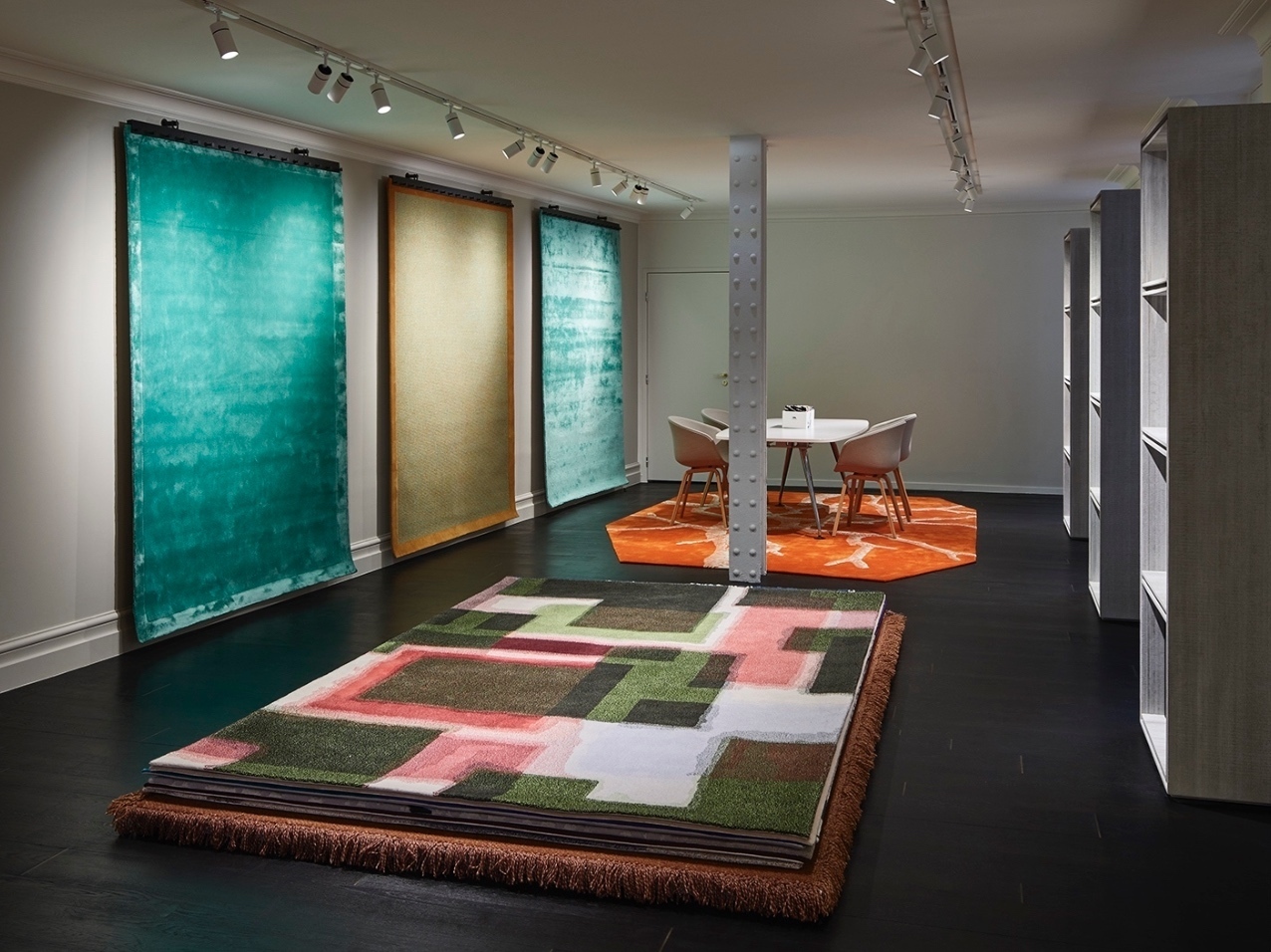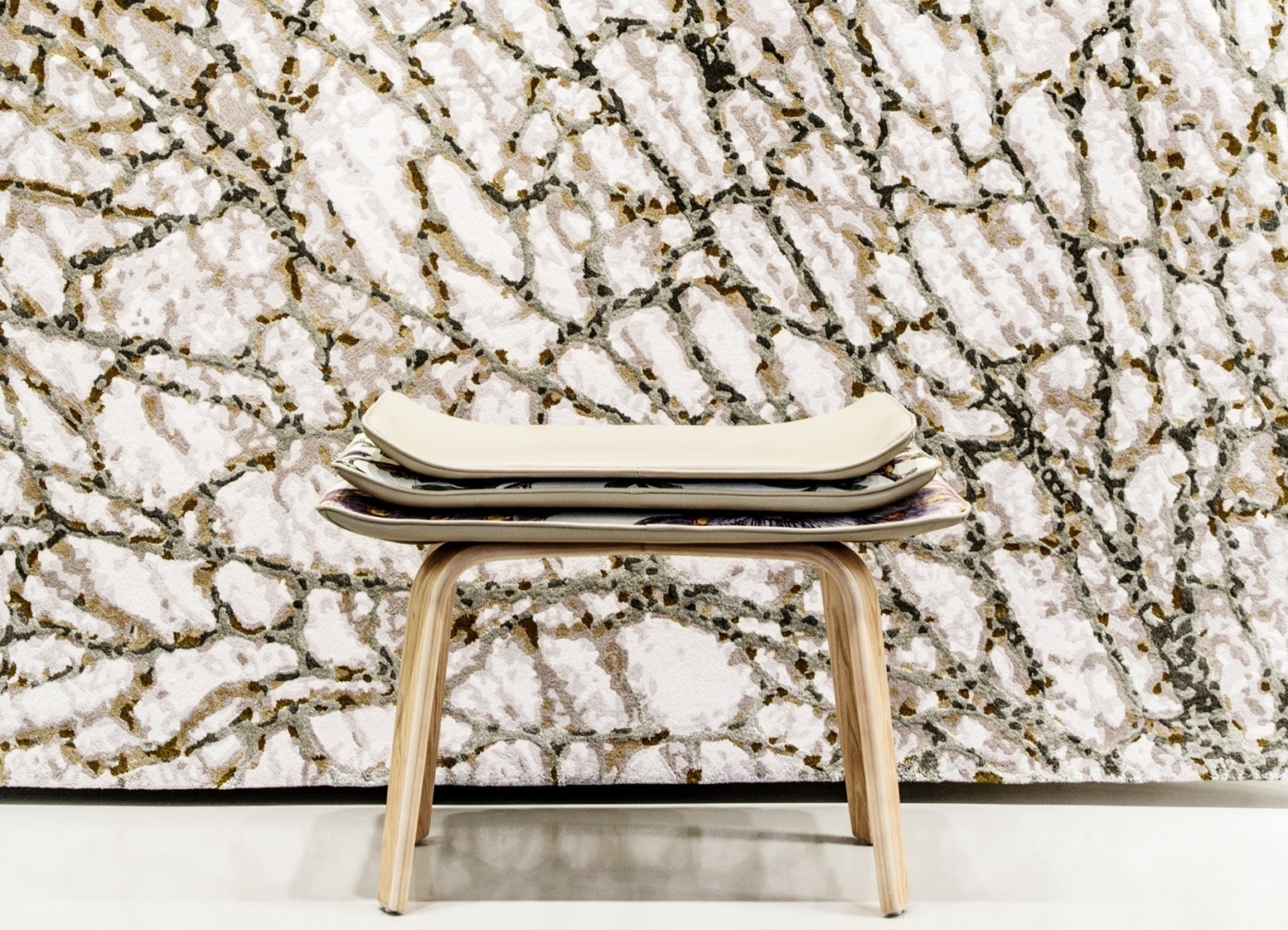Requires a Professional Account
Consultation
Long term carpet & rug performance and appearance retention begins with effective maintenance. A proper carpet maintenance plan is essential, which should cover regular vacuuming, correct spot cleaning techniques, preventative measures and conduct restorative cleaning regularly.
Excellent carpet and rug performance will be achieved by following these maintenance guidelines.
I. FIBRES
Tai Ping carpets handmade rug uses the finest materials and therefore, as a rule we highly recommend that experienced professional carpet cleaners be engaged to clean your carpet or rug.
In any case, it is important to understand the material of your carpet in order to determine proper cleaning method.
Wool is obviously a favorite fibre for carpets and because of its natural resiliency will last many years in a residential or contract setting. Excessive agitation and excessive heat should be avoided. Wool is easily damaged by bleaches and alkalis. Clean wool with neutral detergents (pH 5.0 - 8.0) and dry quickly to limit yellowing or browning.
Silk is a very delicate fibre, the cleaning of silk fibres is best left to carpet-cleaning professionals. Abrasive cleaning will easily damage a silk rug, and care must be taken to ensure that cleaning is effective and safe. Silk should be cleaned using a dry cleaning process with little water and neutral to slightly acidic pH or gently blot with a cloth dampened with equal parts white vinegar and water and then allow it to dry. Chemical cleaners or stain removers must never be used for silk cleaning. These fibres may be damaged by high temperatures, high pH (>9) and sunlight, and will lose strength and may turn yellow when wet.
Cotton is cellulosic fibre. Most cellulosic fibres are subject to browning if prolonged drying occurs or if alkaline solutions are used. Cotton can be degraded by acids and if these fibres are overwet, shrinking may occur. Avoid excessive agitation. Use fans, air blowers or carpet dryers for fast drying since cotton will take longer to dry than less absorbent fibers.
Linen (flax) is a strong fibre that doesn’t stretch when pulled. But because it’s a hard fibre too, it doesn’t readily stand up to traffic. Linen carpets should be cleaned using a dry cleaning method and then dried as soon as possible to prevent mildew and shrinkage. These fibres can be damaged by bleach. The carpet cleaning should be undertaken by a professional carpet cleaner.
Rayon (viscose) is the first manmade regenerated cellulosic fibre. It breaks easily when wet and must be dried quickly to prevent microbial growth. Rayon is prone to shrinking when water soaked and has a tendency to “bleed” dye. Dry cleaning is an option to clean this type of rug. Dry the wet areas quickly by using an air mover or fan or dehumidifier to speed the process. Rayon’s tendency to break can leave the rug’s appearance altered after washing. Spot treating may result in discoloured patches, or patches that differ in texture. If washing or spot treating a rayon rug, pat dry---never scrub. Leaving the rug to dry in the sun will not alter the appearance. However, it is best to have a professional clean a rayon rug.
Plant fibres include sisal, jute and bamboo. For these fibres, it is best to use a carpet-cleaning professional. It is important during cleaning to control the amount of moisture. It is not recommended that the natural fibre be steam cleaned, wet shampooed or any other method that involves water saturation. It is recommended that a dry cleaning process be used. These fibres are subject to browning if cleaned with a high pH (>7.5) and may release colour during cleaning.
Sisal is naturally stain resistant and very durable. It also doesn’t build up static electricity. Sisal rugs are also very durable and will not compress or show as many wear patterns as wall-to-wall carpeting. Sisal rug should not be used in high humidity or wet areas, such as bathrooms
or kitchens. Since sisal is an organic material, it can develop water stains.
Jute is a durable fibre and can withstand abrasion. It is eco-friendly with insulating and antistatic properties. It is an efficiently low-thermal conductivity substance. However, the fibre is absorbent, and tends to weaken and turn yellow due to excessive exposure to sunlight. When exposed to moisture it becomes prone to microbes and mildew growth. In case of an accidental spill, immediately vacuum and clean as soon as possible and then treat with soapy water, blot and blow dry to remove moisture.
Bamboo Leaving bamboo rug exposed to direct sunlight for too long should be avoided, as this can lead to premature discolouration in the bamboo.
Nylon is known as a durable fiber. Nylon carpets can be cleaned with most cleaning agents. Cleansers that have a high alkaline content may cause a nylon carpet to lose its ability to resist stains. Cleaning agents that work with steam cleaners should have a pH lower than 10 to avoid reducing the carpet’s stain resistance.
II. VACUUMING
Regular vacuuming carpet is the easiest and most effective way to keep carpet clean. All floor coverings should be vacuumed at least once a week, and high-traffic areas more often. Removing loose soil while it remains on the carpet’s surface is important so that it is not walked into the carpet pile.
It is recommended to use an upright vacuum cleaner. Suction only vacuum is preferred. Ensure that machine nozzle has no cracks or sharp edges that may “catch” or “snag” the pile. After vacuuming, if required, gently rake cut pile carpet with a hand rake to lift and restore fibres to their original shape and condition.
IMPORTANT!
Avoid using vacuum cleaners with beater bars, rotating brushes, turbo brushes as they will harm delicate fibres and will damage the carpet.
III. SPOT CLEANING
Most stains that cannot be removed are not a result of the spill itself, but of the attempt to clean it. Aggressive or otherwise inappropriate treatment can lead to permanent staining. For successful spot removal, the following procedures are recommended. It may be necessary to contact a carpet cleaning professional for assistance with stubborn stains.
Silk/Specialty Fibres Carpets and Rugs
Tai Ping does not recommend spot cleaning for silk/specialty fibre carpets. Water or waterbased cleaners can damage these fibres. Liquid spillages should be absorbed into a clean towel using a blotting action until no more can be transferred. Solid spillages should be tackled using a flat blade or spatula to remove the substance. Please remove as much of the stain as possible and call a professional.
Wool Carpets and Rugs
For best results, spots, stains and spills should be addressed immediately. For small spot stains only, please follow the instructions below, or if in doubt, the services of an IICRC (Institute of Inspection, Cleaning and Restoration Certification) certified firm employing master cleaning technicians is highly recommended. Referrals can be located at www.iicrc.org.
- Remove any solid matter from the spill by gently scooping with a rounded spoon.
- With a clean, dry, white absorbent towel, or white paper towel, absorb as much of the stain as possible using a blotting action. Do not rub. Be sure to blot, push, and press, working from the outside towards the center to avoid spreading the stain.
- If the stain persists, apply water and blot again with a clean towel. Complete removal of many common spills may require this step to be repeated several times.
- Continue to use a dry cloth or paper towel until the area is dry. Do not walk on the carpet until it is completely dry.
Transfer and/or intensity reduction, as explained in steps 1 to 4 are the key elements to a successful outcome. They do not apply to petroleum based stains such as tar, grease, oil, make-up, ink, paint, etc., as these stains require specialised removal procedures to avoid permanent damage to fibres or dyes - call a professional.
If liquid spills have dried, gently remove the substance using a small, soft brush to break up any crusted material and then vacuum to lift and remove the loosened particles. Pouring any liquid onto a dry spill can create additional problems.
IV. PREVENTATIVE MEASURES
A most effective way to decrease or prevent soiling of carpet and rugs is to not allow soil to enter the home. Entry mats are valuable in limiting soil from the outside. For full benefit,remove soil from entry mats frequently by shaking or striking with a brush as once they are filled with soil they become a source for additional soil. For a thorough cleaning, wash entry mats with a brush and mild detergent solution, rinsing thoroughly, allowing them to dry completely before vacuuming.
Fluffing or Shedding
Carpets manufactured using the best quality yarns often shed short fibres, especially when they are new. The level of shedding will diminish over time. This is a common occurrence and is not a manufacturing defect.
Trimming
For best results and maximum longevity, carpets and rugs should be maintained with care. In some cases, surface force will cause tufts, especially loop tufts, to dislodge from the backing rather than breaking the yarn. Longer strands can be seen rising above the surrounding pile height when this occurs.
These loose ends should simply be trimmed level with the surrounding surface pile with sharp scissors.
Shading
Shading can occur in any cut pile carpet. It is caused by the different effects of light playing off the length of fibres versus their cut ends. Shading is usually caused by foot traffic or vacuuming, which realigns the directions of the pile. Shading can be addressed by simply rearranging the fibres, and does not indicate wear or a fault in manufacturing.
V. RESTORATIVE MEASURES
Restorative measures consist of deep cleaning. Restorative cleaning is effective at removing embedded abrasive soil. Restorative cleaning should be implemented before the soil in the carpet is easily visible in order to preserve carpet finishes and life.
Cleaning is the traditional activity of removing contaminants, pollutants, and undesired substances from an environment or surface to reduce damage or harm to human health or valuable materials. Carpet cleaning is the process of locating, identifying, containing, removing and properly disposing of unwanted substances from a fibrous surface or material. A primary objective of carpet cleaning is to maximise the removal of unwanted or foreign matter from the carpet and to minimise residues in the carpet.
Hire a carpet cleaning professional
If you find that no matter how much you vacuum, your carpet still does not look like it used to, it may be time for deep cleaning. It is recommended to deep clean carpets every 12 to 18 months or more frequent for homes with kids, pets and smokers. While there are do-it-yourself cleaning methods on the market, hiring a professional is the safest, fastest and easiest option to make sure that your carpets are being professionally cleaned with quality products that will help maintain your carpet’s life and beauty.
VI. TROUBLE SHOOTING
Following carpet installation, questions may arise pertaining to common characteristics of carpet. These characteristics are usually for a short duration or are easily remedied.
Burns
Burn damage can sometimes be remedied only by reweaving, retufting, or resectioning the damaged area. However, in some cases, the appearance of an area of charred carpet can be improved by carefully clipping off blackened ends of tufts using small, sharp scissors. Trim surrounding tufts to minimise indention.
Crushing
Crushing is the loss of pile thickness due to foot traffic. It is not a manufacturing defect. Regular vacuuming can help reduce crushing.
Depressions
The weight of heavy pieces of furniture can put indentions in carpet. Use furniture glides or cups under the legs of heavy pieces, or occasionally move your furniture a few inches backward or sideways so that the weight is not concentrated in one place. If depressions do occur, saturate the indentions with water by a spray bottle. Apply heat to the indention with a hairdryer set on high. Hold the hairdryer a few inches above the indention. Continue applying heat and use your fingers to gently work the pile upright and in the opposite direction until completely dry.
Fading or Color Loss
Protect carpet from direct sunlight to minimise fading or color loss. Fading can be caused by emissions from heating fuels or chemicals, such as pesticides, household cleaning agents, and other household items.
Filtration Soiling
Filtration soiling may appear as dark or grayish lines on carpet along walls, stairways, around vents, and under doors. It is caused by airflow over and through the carpet that allows fine, airborne soils to settle on the carpet surface. This type of soiling, while sometimes permanent, requires special treatments for effective removal. Contact a carpet cleaning professional for assistance.
Fluffing or Shedding
The balls of fluff found on carpet or in the vacuum cleaner bag, are merely loose bits of fibre left in the carpet from the manufacturing process. The removal of loose fibres does not affect the carpet life or quality. With proper vacuuming, using a quality vacuum cleaner, most shedding gradually disappears within the first year after installation.
Matting
Matting, the untwisting of the fibre and intermingling of the yarn tips, is usually the result of concentrated foot traffic and possibly inadequate maintenance. But other factors, including improperly specified cushion or cushion failure, can also be the cause. Matting is not considered a manufacturing defect.
Shading, Pile Reversal, “Watermarking” or “Pooling”
Shading is not a change in colour, but a change in pile direction that sometimes randomly appears in a carpet or rug. It may look darker or lighter from different directions. Shading may be more prevalent in a solid colour cut pile carpet than in patterned and textured styles. This is not a manufacturing defect and does not affect the durability or the carpet. Shading sometimes can be reduced by aggressive steaming and pile lifting, but it invariably reappears.
Soiling
The secret to maintaining the beauty of your carpet is to vacuum often and clean it regularly before it becomes excessively soiled. Dulling is caused by the deposits of all types of soil that abrade the carpet’s fibres. Still, the original color is not lost, but is present under the soil film. If the soil is allowed to remain, the carpet is much more difficult to clean. Frequent cleanings are important to avoid excessive soiling.
Sprouting
Occasionally a yarn tuft will rise above the pile surface of a carpet. Just snip these tufts off level with the tufts. Do not pull them out. If a long run has occurred, consult our sales representative, installer, or professional cleaner promptly. It is frequently possible for the yarn to be retufted (reburled) or glued back into place.
Moth and Beetle Control
Wool and wool-blend carpet made by Tai Ping is treated to be permanently moth resistant. Carpet and rugs made of man-made fibres are naturally resistant to insects. Synthetic carpet fiber is resistant to beetles, commonly called “carpet beetles,” because it is not a food source.
However, beetles already in the home may lay eggs in the carpet pile, and hatch in eight to fifteen days. For assistance in removing carpet beetles, contact a professional pest control specialist.
This expert advice is offered in good faith. However, Tai Ping cannot accept responsibility for claims arising from the proposed treatments. If stains fail to respond to the treatments listed here, please call a professional cleaner immediately.
Copyright © 2021 Tai Ping. All rights reserved.


